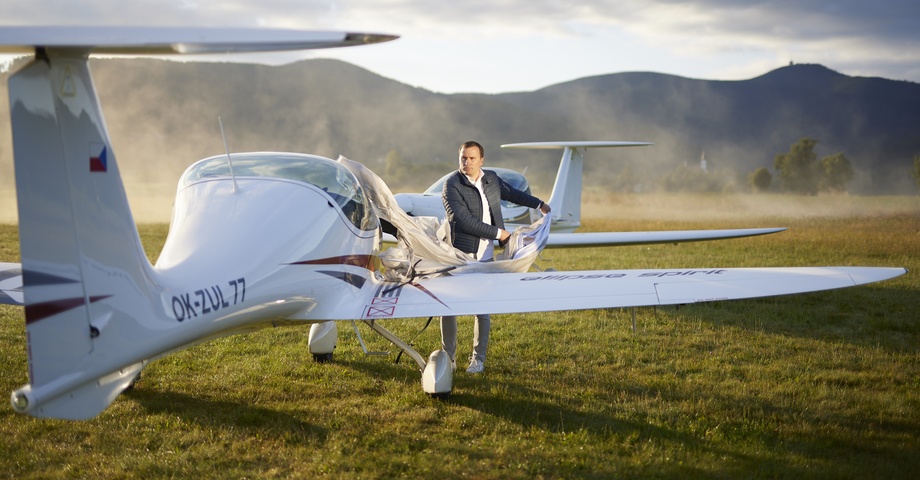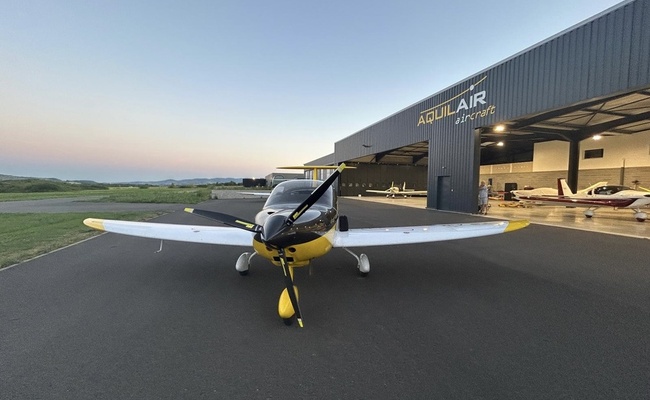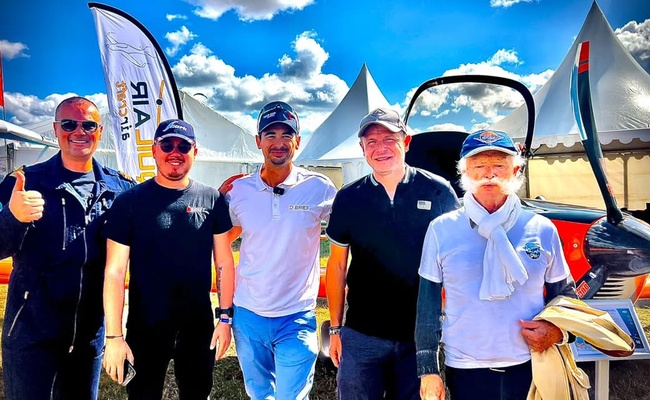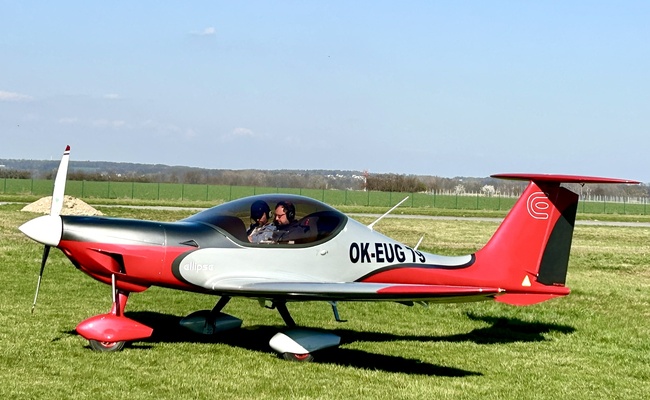FAQ part 1: General aviation vs. ultralight (and FG or RG)
11. May 2022

What is an ultralight plane
Ultralight plane (UL) is a sport light aircraft mainly aimed at your leisure time activity. It can be used for your travelling, sports flying, and the discoveries of new experiences. Still, you cannot use it for actual commercial usage.
What are the advantages of the UL plane
- Operation is not controlled by the central aviation authority (CAA) in the country but usually is covered by an association which results in cheaper operational costs and easy paperwork linked with the plane operations;
- The pilot is required “only Class 2 medical”, which allows pilots with minor handicaps to fly - and that is great;
- The plane does not have to go to an authorized maintenance centre, and the manufacturer or the pilot themself can do the maintenance on their own;
- The plane can be used in a flying centre for renting or pilot training. Still, otherwise, any commercial activities are impossible;
- The plane uses regular MOGAS (regular 95 octane petrol), which is available almost anywhere;
- The plane can seat a maximum of 2 people (one passenger and a pilot), and the maximum take-off mass is 600 kg (MTOM).
To sum things up, if you plan to fly with your whole family, you should have a look at a general aviation plane (GA). The Ul plane might be a good choice if you like a plane that is easy to fly, easy to maintain, and still provides many flying experiences.
Fixed gear (FG) or retractable gear (RG)
At ellipse, you can decide to purchase retractable or fixed gears. The conclusion is crucial for the style and limits you will have.
Fixed gear is best for:
- Frequent flyers who take off and land at various airfields with mixed and not always best surfaces. The fixed gear is robust and is more forgiving for bad landings and difficult, bumpy strips.
- Schools and clubs where the level of pilots vary and the RG requires more attention and higher precision to land safely and efficiently.
Retractable gear is best for:
- Experienced pilots who fly distances - the FG provides 15 to 25 km/h depending on the flight level;
- Clubs and training centres provide the practice for the commercial pilots. They also need to deliver the training in the routines, and to be sure your gear is down is essential.


